As many of you who follow my author website know, our sailing life fuels much of my writing. It’s the backdrop for my children’s books, my novels, and my blog posts—real adventures turned into words. This latest chapter was supposed to be a triumphant one: crossing the Pacific Ocean to the fabled islands of French Polynesia. Instead, it turned into another story of challenge, unexpected visitors, and tough choices.
Here’s what happened…
Ready to Set Sail
“Sometimes the bravest move is to turn back.”
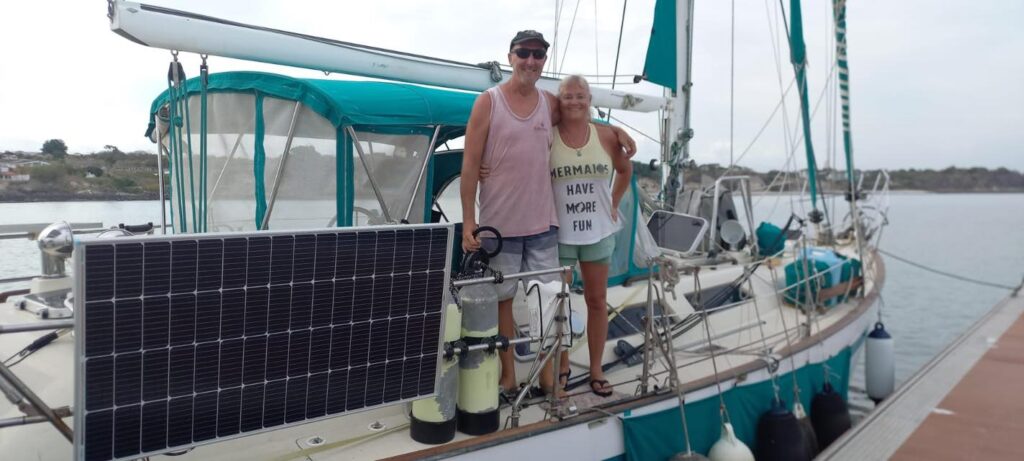
Last week, we sent pictures of our departure and hopes of beginning our crossing of the Pacific Ocean to the magical islands of Gambier. Our boat friends, John and Shannon on S/V Carisma, who we had planned to cross with, arrived at Vista Mar Marina, where we had been since December doing boat repairs. As soon as their work was completed, we were ready to set off together.
Everything seemed honky-dory: we were gassed up, provisioned, and high with anticipation of crossing the equator for the first time (you officially become a Shellback when you sail across the equator) and reaching French Polynesia, where many of our friends had already sailed and were waiting.
A Rough Start for Carisma
Carisma had a few issues as they were leaving the marina. Their boat had to be pulled out of the water. After very intense labor, they fixed a leak that could only be reached by taking off their 200-pound rudder — their boat is a big girl. During the haul-out process, their sonar unit was damaged, and the owner of the marina refused to compensate them or take responsibility.
As soon as they were splashed, they didn’t want to spend one more minute in the marina and took off to our meeting spot for the crossing—Venao Beach Harbor at the tip of Panama—a perfect launching point for a Pacific crossing.
Our Stormy Departure
Off they went, both of us knowing we would be just a day behind. The section off the Panama coast we needed to cross is notorious for strong currents, gusty winds, and lightning storms. John and Shannon were flanked by passing storms but had a relatively good sail and steady winds for the 94-mile overnight passage to Venao.
A day later, we set off. We were not quite as lucky.
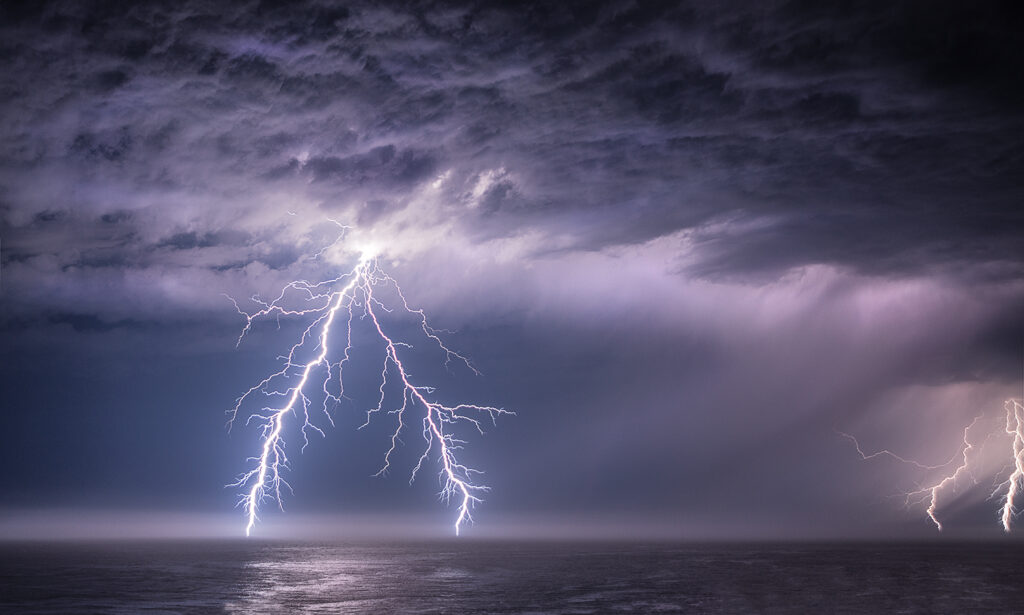
Storms were not predicted, yet within the first few hours, we were squeezed between two massive lightning storms—one behind us and one in front of us. Dan couldn’t explain how these storms appeared out of nowhere.
As the winds gusted into the high twenties and lightning flashed closer and closer, I began to worry about a direct hit. We know at least eight people whose boats have been struck and had all their electronics wiped out. I did NOT want to be the next victim.
Taking what precautions I could, I put our computers, tablet, and cell phones in the oven, which acts like a Faraday cage. The rest of the electronics were left to fate.
The sailing was intense. We had a reefed main and our staysail out. Our boat handled the storm well, maintaining a steady course through the choppy seas. After about two hours, the lightning began to subside, the wind faded—and then died completely.
Dan was astounded. How could all the wind vanish so suddenly?
Fighting Currents and Unexpected Guests
Now we faced drifting aimlessly—or burning the precious diesel we needed for the Pacific crossing. Our boat buddies can store 400 gallons of fuel. We have 90 gallons in our tanks and another 40 gallons in jerry cans on deck. Not much for an ocean crossing.
Drifting back toward more storms was not an option. Dan started the engine.
I took the night watch as we motored through the dark, still ocean, lightning still flickering far away.
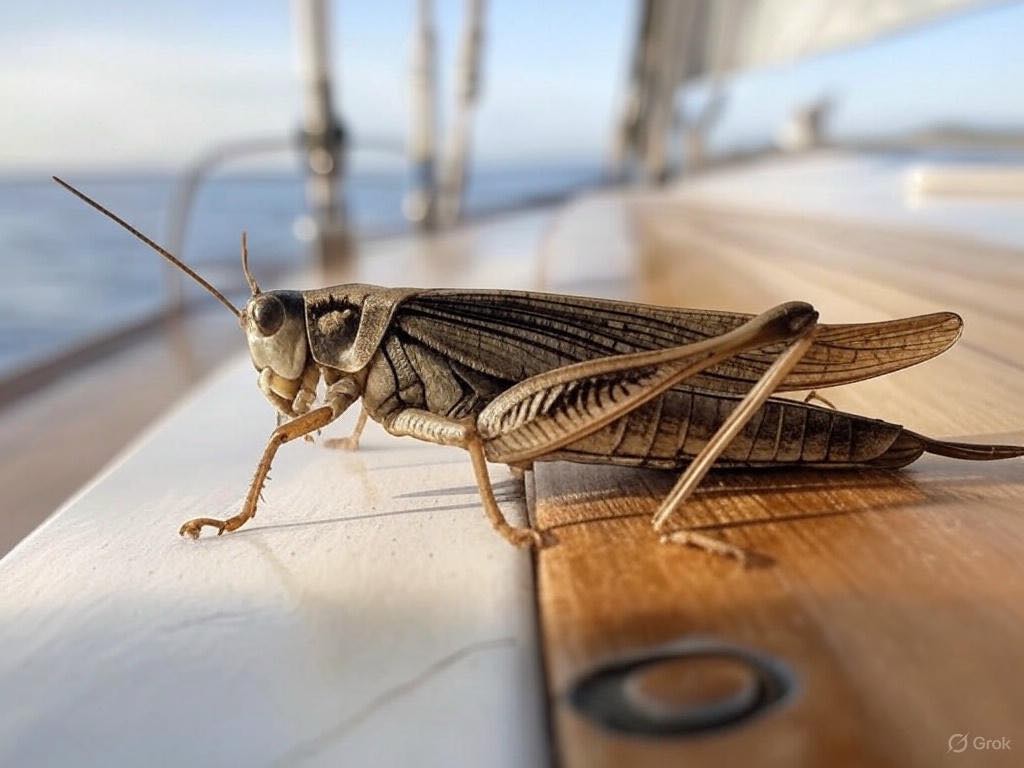
Not long after Dan went below to sleep, I heard the distinct sound of a cricket chirping. We’d spent five months in the marina and had never seen a cricket. It crossed my mind that it might have come aboard with the bananas hanging on our stern.
As I sat there, radar screen glowing and chirps filling the air, I tried to find it soothing. Maybe having a cricket aboard wouldn’t be so bad?
Until something smacked into my bare leg.
I leapt up, heart pounding, and spotted the silhouette of a large cricket on the floor. I somehow managed to catch it on the first try, clutching it tightly and racing topside. I flung it into the ocean.
“See ya, fish food,” I said.
Feeling victorious, I sat back down…and immediately heard more chirping. A lot more. We were infested.
How could this be? Huge crickets, everywhere, and we hadn’t been near land for hours. Later, we would learn that crickets can actually be swept up in storms and deposited on boats—along with frogs and even small fish. Lucky us.
Engine Failure and a Long Night
Around 3:00 AM, the steady hum of our engine stopped dead. Silence. Dan bolted up on deck, muttering expletives.
We’d had issues with fuel algae before. Warm climates grow a strain of algae that clogs your fuel lines. Dan had cleaned our tank months ago, and we thought we were safe. Apparently not.
Dan managed to blow out the fuel lines and restart the engine, but we knew it could fail again at any moment. We had no choice but to keep motoring and praying we’d reach harbor.
Now that Dan was back on deck, he also noticed the symphony of crickets coming from every nook and cranny.
“Where the hell did these come from?” he asked, shaking his head.
Among the possibilities—crickets, frogs, or fish—I’ll take the crickets.
Reaching Harbor and a Fuel Challenge
After an exhausting night, we finally motored into the anchorage at Venao Beach Harbor the next morning. Carisma was already anchored, waiting for us.
We greeted John and Shannon with bad news: we’d used all our jerry can diesel reserves. We couldn’t leave for the Pacific without topping them off.
John and Shannon came up with a plan. They would pick me up in their dinghy, and we’d land on the beach. From there, it was a half-mile walk to the gas station. We’d have to do it twice.
Landing the dinghy in the aggressive surf was an adventure in itself—we had to bail out between waves and drag the heavy dinghy onto the sand.
The walk to the station was fine. The walk back, carrying two full cans each (about 25 pounds each), was miserable. We had to stop and rest every 100 feet. Especially brutal was the quarter-mile stretch of beach—hauling cans through sand.
After the second trip, my shoulders and rhomboids were on fire. I thought I’d be sore the next day—I had no idea how bad it would actually be.
Another Attempt to Cross
With full fuel cans and high hopes, Dan believed we could still cross. John found a favorable weather window, and we planned to leave at 4:00 AM.
Dragging ourselves out of bed at that dark hour, we set off. As we cleared the harbor, dolphins appeared, diving erratically around our bow—not the usual joyful greeting we associate with them.
And then…the engine died. Again.
Dan got it restarted after a few tense minutes, but we both knew: this wasn’t safe.
“What should we do?” he asked.
I didn’t want to be the one to say it, but I was relieved when Dan did.
“I think we should turn back,” he said.
It was the right decision. As we turned around, the wind filled our sails, and dolphins returned, playfully surfing our bow wave—as if approving.
Dan radioed Carisma with the news. They were heartbroken but understood.
We headed back toward Panama.
Facing a Miserable Return
We aimed for Panama City—two days away. For the first few hours, the wind was good. But then it turned against us.
By afternoon, the waves were pounding. I got seasick. I couldn’t eat.
By midnight, the wind howled right in our faces. Water poured through the forward hatches—we hadn’t tightened them enough. Everything inside was soaked. The cockpit was awash.
We were miserable.
Pulled Back Again
By 3:00 AM, we were nearing Vista Mar—the very place we didn’t want to return to. But it was the only safe harbor within reach. White lights dotted the ocean ahead. Fishing boats.
Dan and I scanned the waters carefully. We were almost there—just 30 minutes to go.
Suddenly, I screamed. Dead ahead, the lights of a fishing boat flared to life — the captain must have realized we were bearing down on him. We were doing 6.5 knots, and the autopilot was on. Dan raced to the helm, but there wasn’t enough time to change course. With just feet to spare, we sped past the tiny craft. Had we collided, it would have been disastrous for both boats. Adrenaline pumping, we took a huge breath of relief, and Dan quickly throttled back. The next 30 minutes, we never took our eyes off the water.
Back to Panama
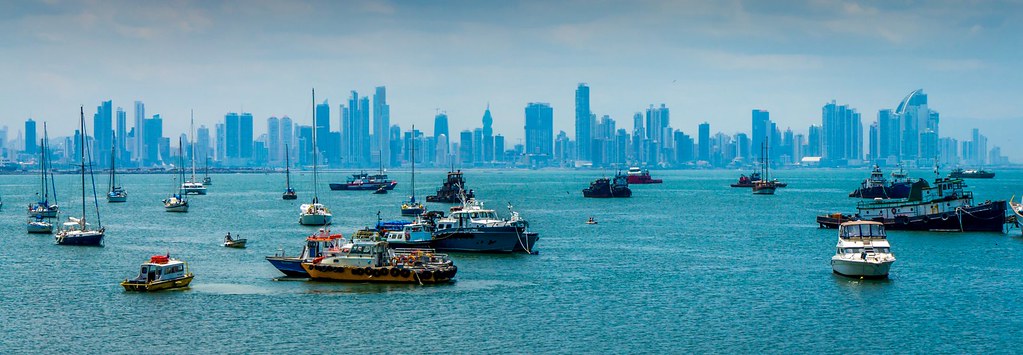
When I first created my author website, I hoped it would be a place where stories like this could live — real, raw moments from the journey that shaped me, both as a sailor and a storyteller. Not every adventure is a smooth one. Some of the most important chapters start with a change in the wind.
After the previous day – 10 hours of battling our way into choppy, confused seas, it became painfully clear: the Pacific wasn’t ready to let us pass. Every gust slammed into us like a warning. Every crashing wave whispered the same message: “Not today.”
It wasn’t an easy call. Our dreams had been pinned to this moment for months — maybe even years. To turn back felt like failure pressing down on our shoulders. But the ocean doesn’t care about dreams. It demands respect, and that day, respect meant retreat.
As we dropped anchor back inside the protection of the marina, exhausted but safe, I knew one thing for sure: this story wasn’t over. It was simply adding another layer, another real piece of the journey that makes sailing — and life — so unpredictable and beautiful.
And in a way, that’s exactly why I write. Not to paint a perfect picture, but to share the real tides of living — the times we soar and the times we’re pulled back again. We took the next day to sail back to Panama City for some repairs, then we will try once again to join all our friends who are currently crossing or who have successfully crossed.
The crossing would come.
But for now, it would have to wait.
Stay tuned for more stories, adventures, and what’s next on my author list!
Fair winds,
Alison
![]()
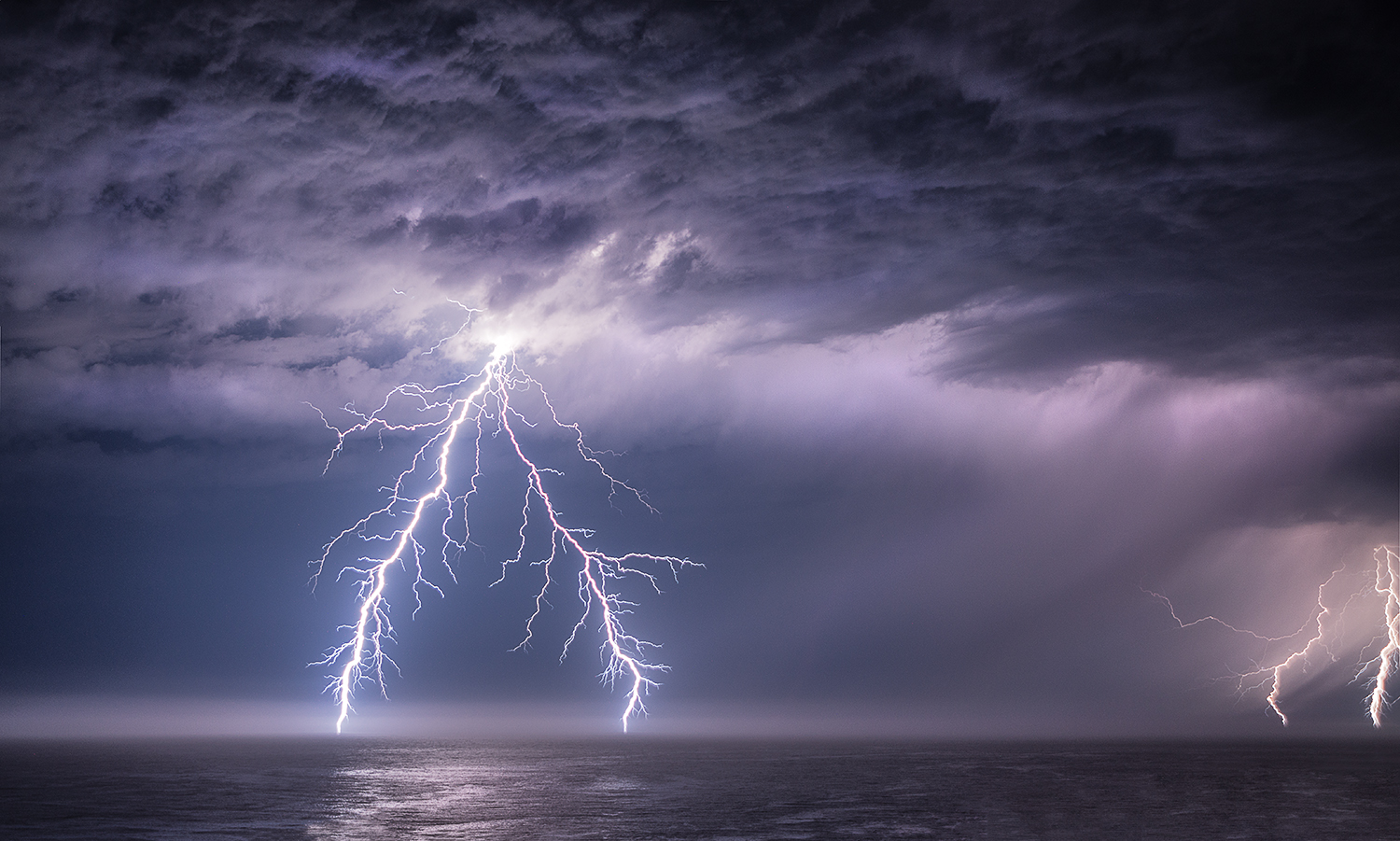
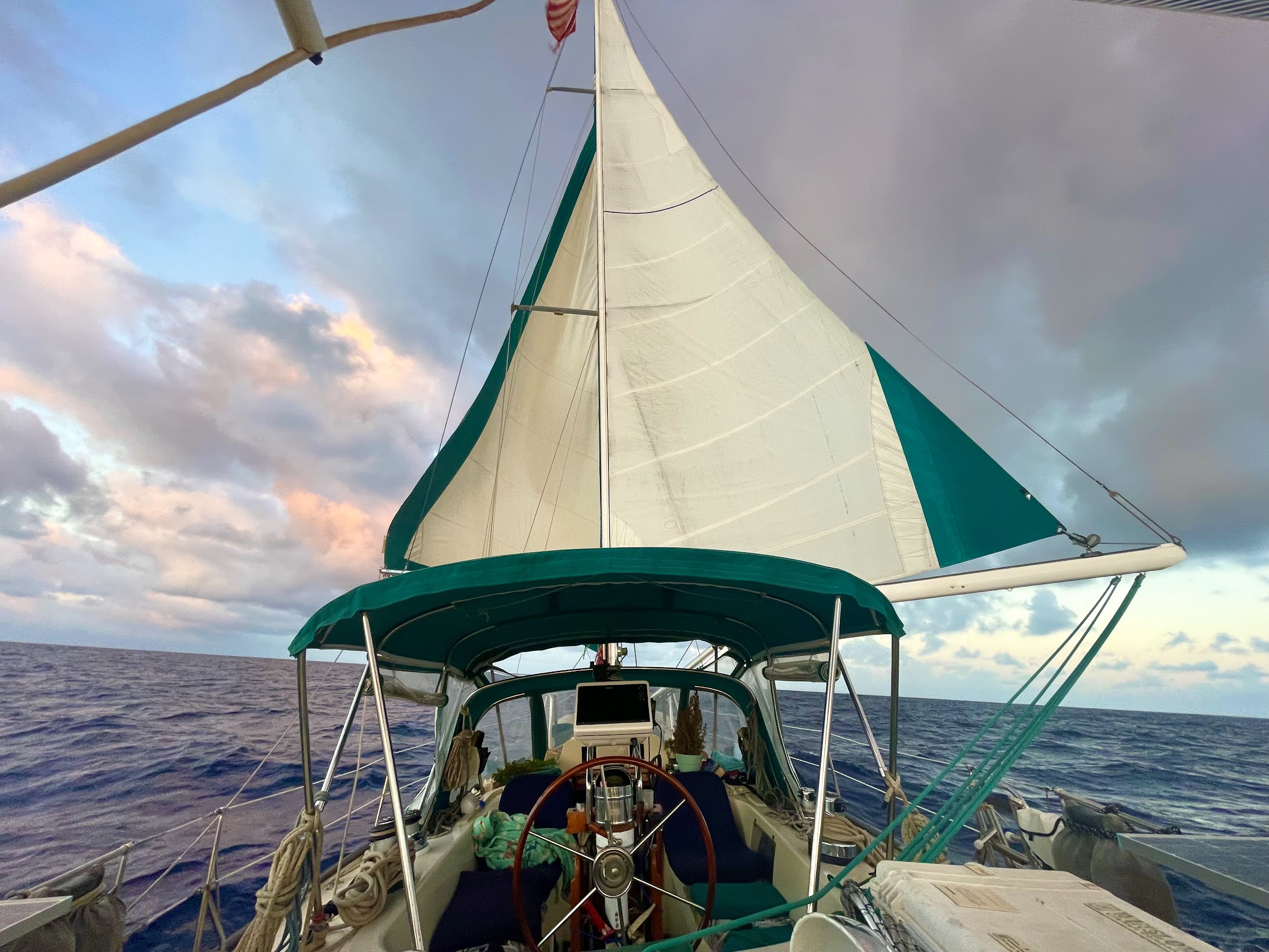
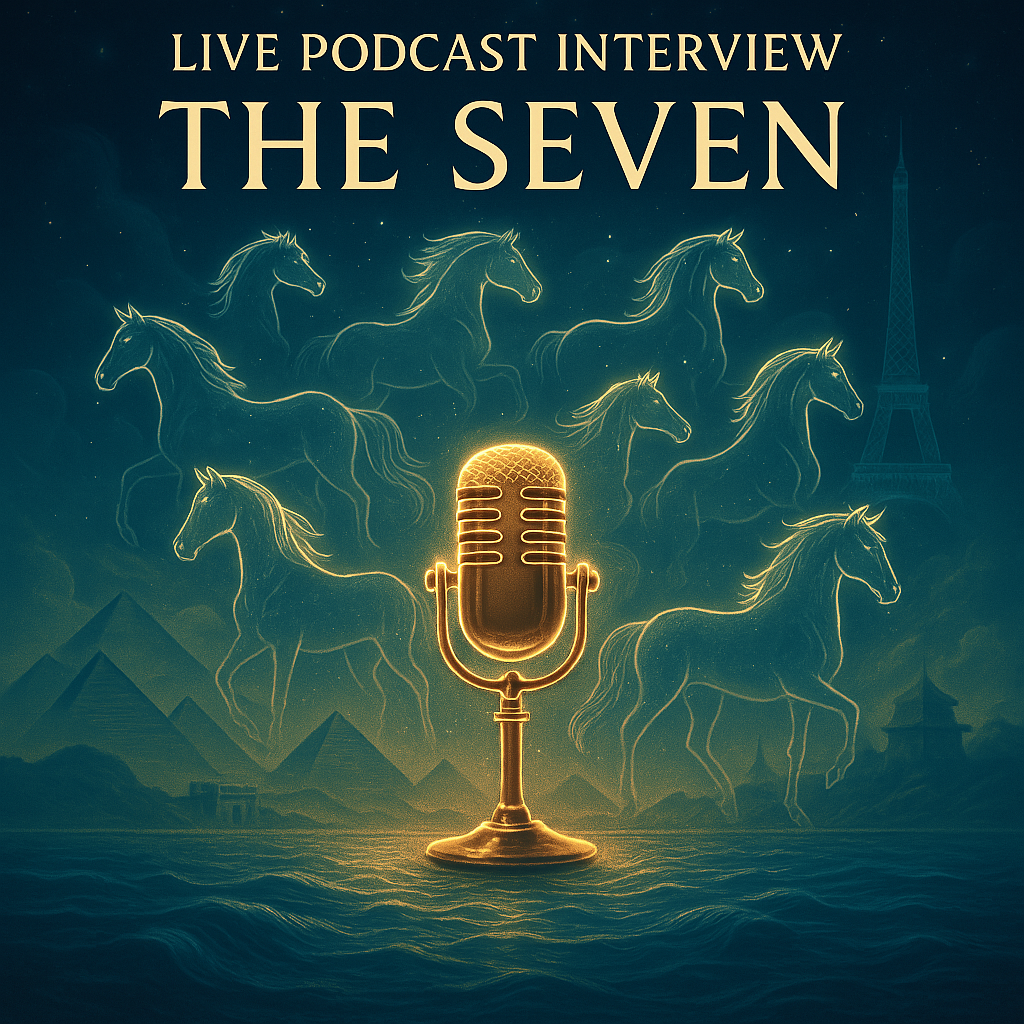
Leave a Reply